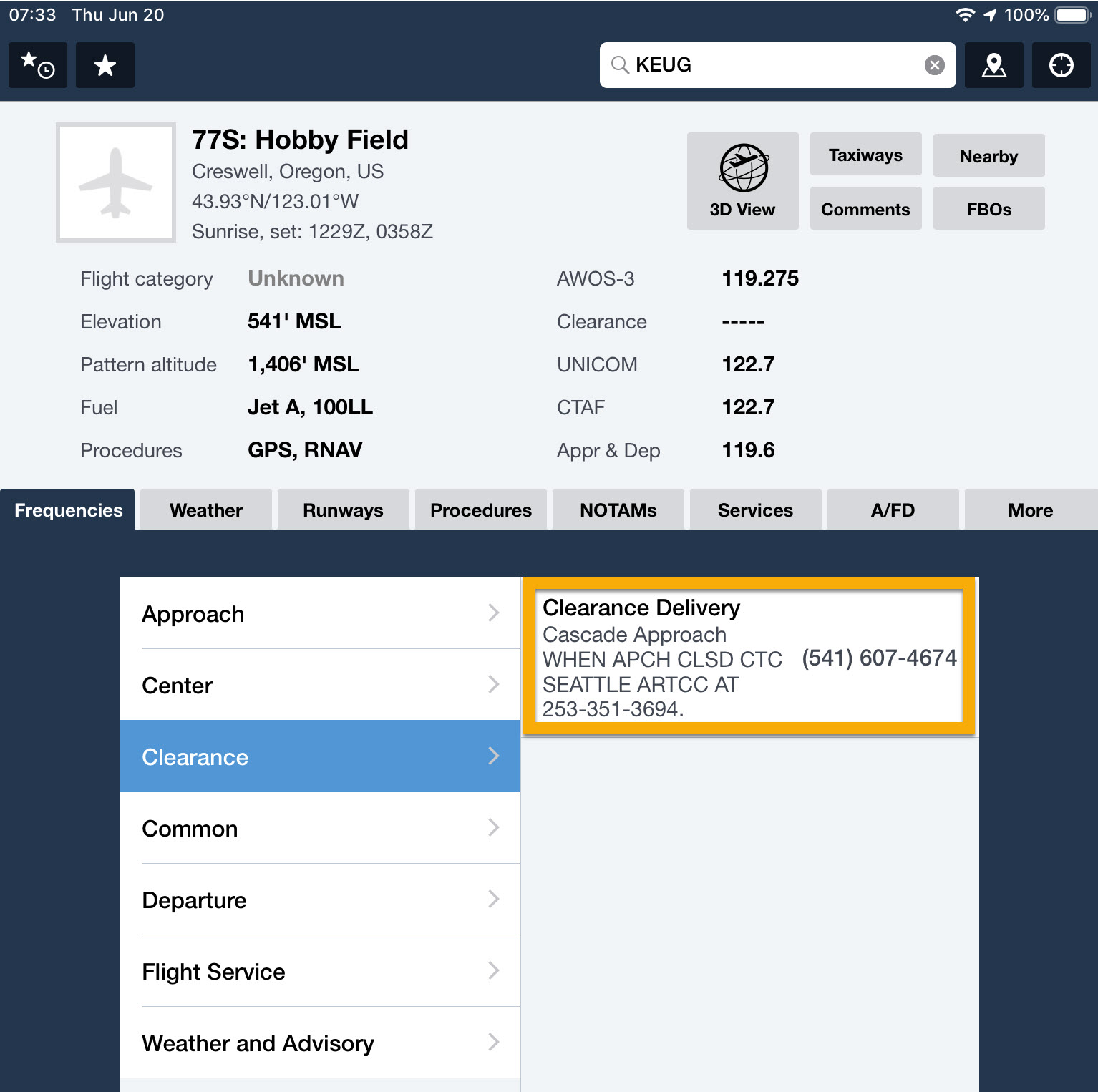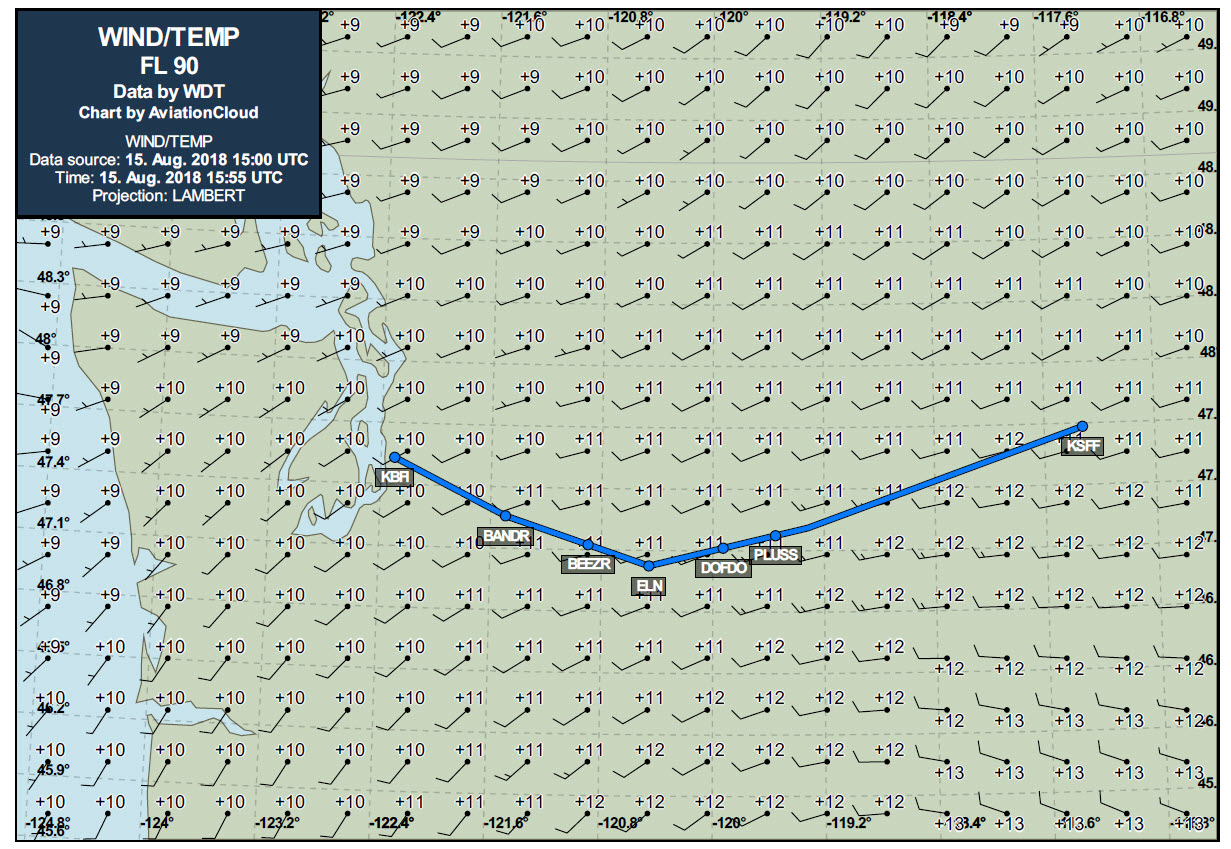You’re suddenly having a bad IFR day. As you approach your destination, Huron, SD, after a routine departure and a comfortable cruise in IMC, most of your panel abruptly goes dark. You still have basic flight instruments, including an electronic PFD and an HSI, which run on backup batteries. Your last communications with ATC included a clearance to an initial approach fix and “expect the ILS RWY 12 approach.” But your GPS navigator, which includes navigation receivers, is now kaput, along with your second nav/com. In other words, you have no moving map or course guidance in the panel–just attitude, airspeed, altitude, and heading. You can’t even see a GPS track indicator.
The good news is, you have an iPad with a built-in GPS (or a tablet connected to an external GPS source) running ForeFlight or a similar app. The EFB confirms that your blue “own ship” symbol is tracking toward HUMSO, an initial approach fix that marks the beginning of a feeder route that takes you to the final approach course.
Using just your track shown on the approach chart, and your basic instrument flying skills, can you fly the approach?
See my article on this topic at AOPA Flight Training magazine: When the Screens Go Dark.
I practice such scenarios periodically during recurrent training. In my A36 Bonanza, operating under VFR with a safety pilot, I switch the navigation screen on my GTN 750Xi to the traffic page, which provides no navigation information, and then I practice getting to an airport and flying an approach using only the iPad for guidance.
Of course, an iPad isn’t a “suitable RNAV system” as defined in the AIM and FAA advisory circulars, but in IMC under IFR, this scenario qualifies as an emergency, and you can bend the rules as necessary to arrive safely.
As you’ll see in this video, a challenge like this is also an excellent workout in an aviation training device. Galvin Flying, the flight school in Seattle where I instruct, has two ATDs made by one-G Simulations. They emulate C172s. You can connect ForeFlight to the Wi-Fi signals broadcast by each trainer, which send position, altitude, speed, and other information to your tablet. As far as ForeFlight is concerned, you’re flying.
Just as in the airplane, provided your EFB can receive GPS signals, you have a good 2-D navigation solution. If you can keep your blue airplane tracking along the lines on a geo-referenced approach chart, you’ll follow the intended path. What you don’t get, however, is any type of vertical guidance. It’s up to you to establish and maintain a steady descent that keeps you as close as possible to an ILS glideslope or a GPS glidepath for an approach to a DA, or to the profile for a non-precision approach to an MDA.
You may also want to practice using the synthetic vision feature, if your EFB app supports it. Although I prefer flying with the procedure chart visible, synthetic vision would be a terrific aid if you lose the basic flight instruments.
Flying an approach like this successfully requires mastery of fundamental instrument skills, what we used to call flying with only “needle, ball, and airspeed.” You must understand and be able to apply the control-performance method of instrument flying—establishing the appropriate attitude, setting power and configuration, monitoring your progress, and making constant, smooth adjustments as you proceed. In other words, it’s a good test that takes you back to drills like flying Pattern A and Pattern B that you practiced early in your IFR training.
Watch the video to see how accurately I flew two approaches in the ATD with just the airplane symbol on an approach chart for guidance.














 Off to Amazon I went in search of a stylus designed for iOS devices. After a quick search and scan of customer reviews, I settled on the
Off to Amazon I went in search of a stylus designed for iOS devices. After a quick search and scan of customer reviews, I settled on the 









